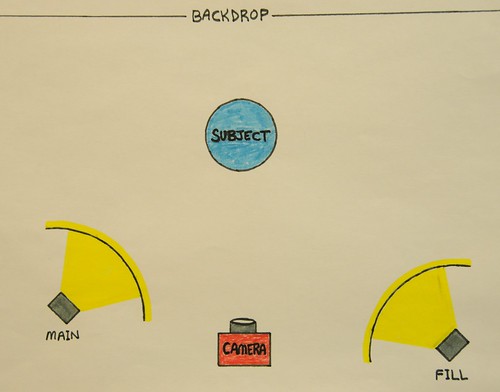Let's talk a little more about multiple strobes. In this case, we are going to take fill lighting to another plane. More specifically, I will show you the best way to take a nice photograph in a traditional, portrait-like setting.
Now, let me take you back in time a bit. Back in the day of 35mm film cameras (remember those?) -- before everyone had digital cameras and smartphones -- photography was different. When someone thought about a "photographer", most thought of the guy or gal in a traditional studio setting who did nothing but take portraits all day long. While portraiture is still a large part of the photography industry, the digital revolution -- which really took off about 15 years ago (but was actually started by Kodak in the mid-70s, believe it or not) -- has changed the definition of what professional photography is.
If I had to sum up the definition of modern-day photography in one word, I would have to say... creativity. With a powerful digital camera in your hand, the sky is truly the limit in terms of what you can shoot. There are plenty of photographers out there today who make their living without stepping foot into a traditional studio setting.
Now that everyone has a digital camera in their pocket, a lot of folks do not see the need for professional portraits. We are always snapping pictures of our friends and family all the time. However, portraiture is still an important skill to master, despite the dwindling demand in the modern world. And if you are trying to hone your skills as a photographer, you need to learn how to take an awesome portrait. If people know that you are proficient with a camera, there will be times someone will ask you to take a nice photograph of them. So I will show you what I have learned over the the last few years when it comes to taking a portrait.
 |
| Key/Main light and Fill light position in relation to your camera and subject |
No comments:
Post a Comment